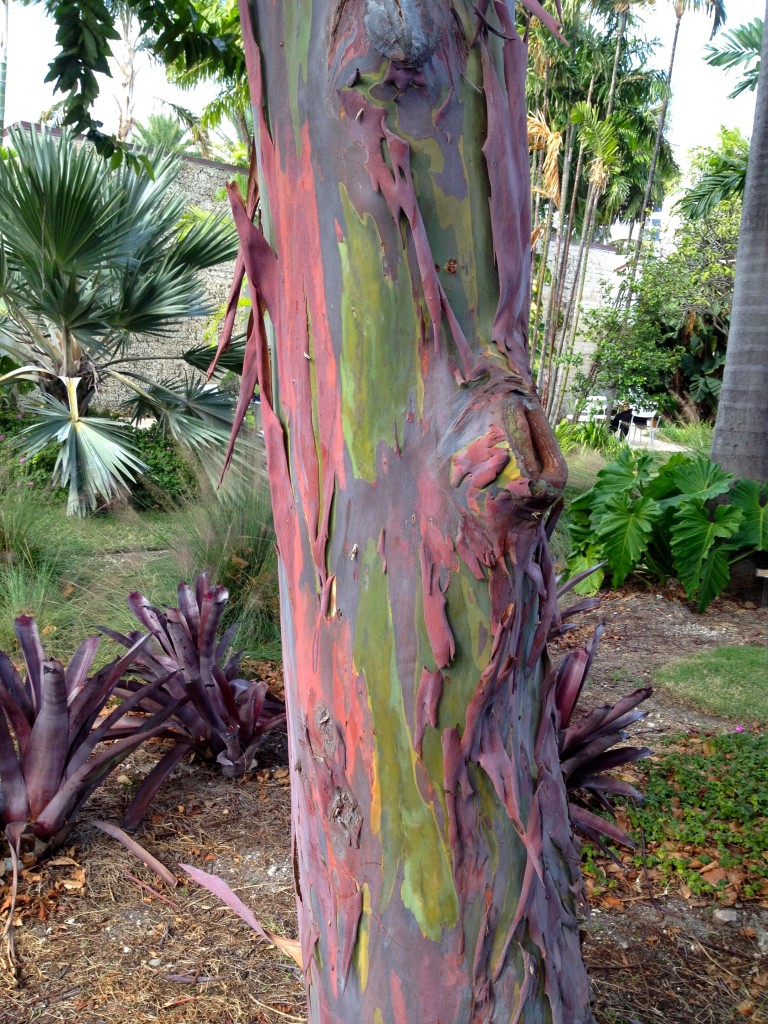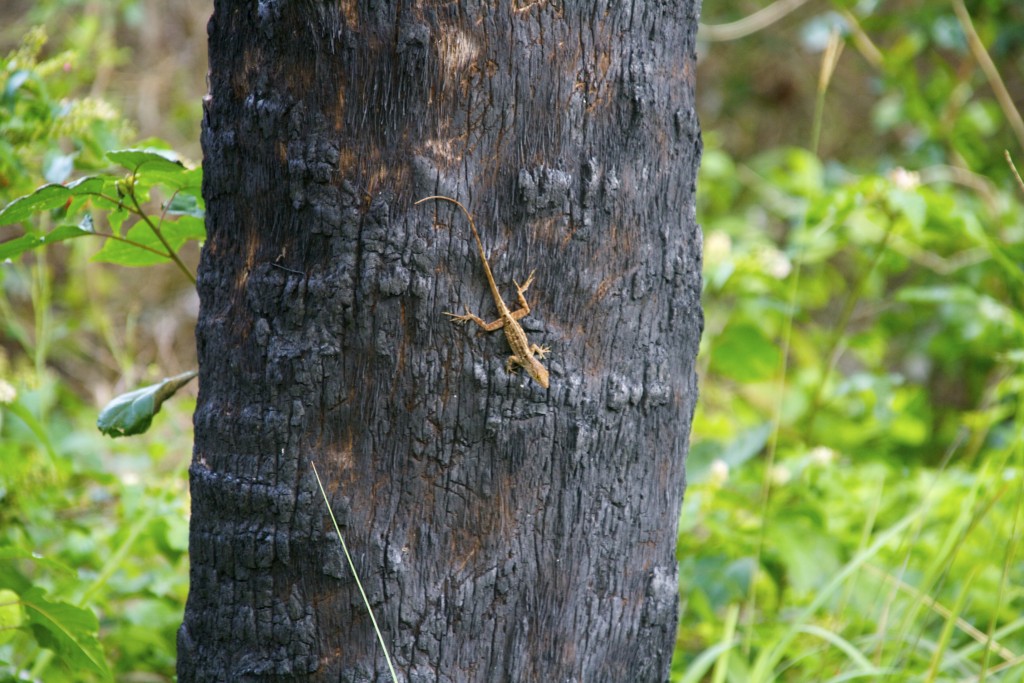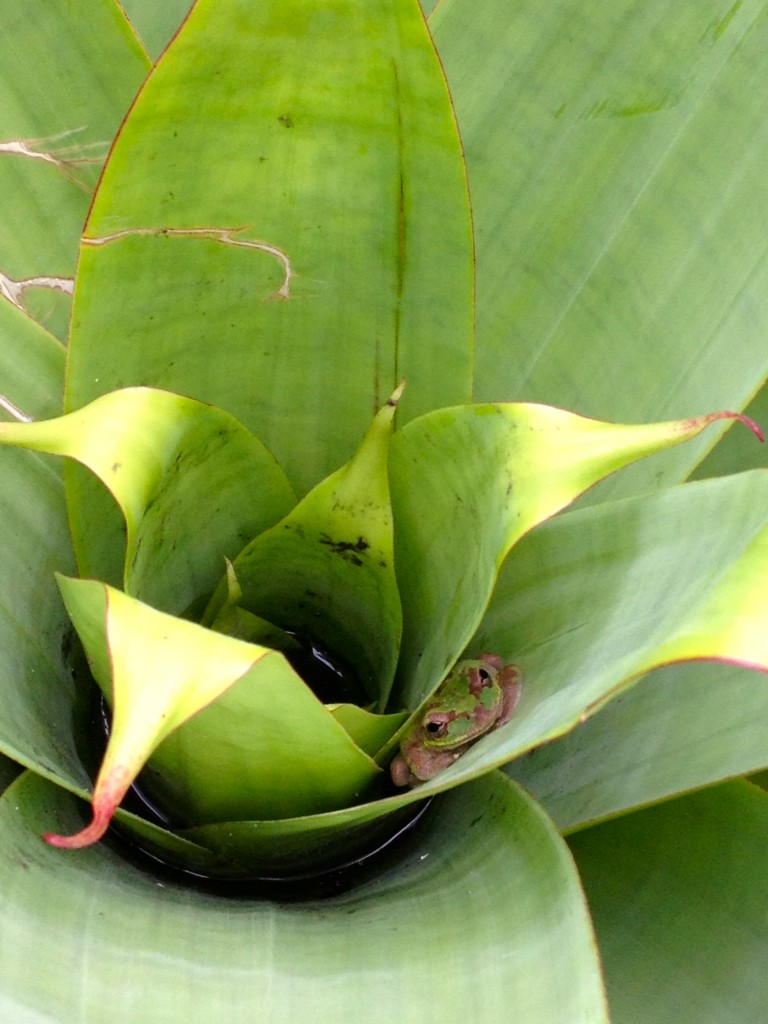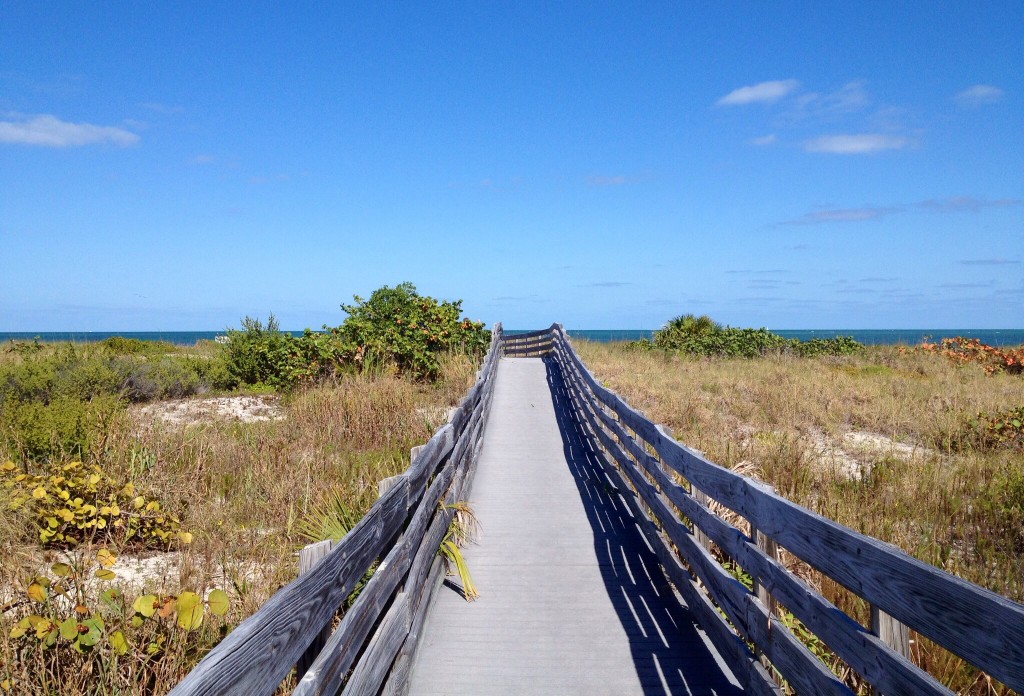

Creative Exploring
Today, let’s walk in the footsteps of masters like Ansel Adams and focus on landscape photography.
Landscapes generally focus on wide, vast depictions of nature and all of its elements, from formations to weather. In this genre of photography, you won’t find much of a human presence: nature itself is the subject.
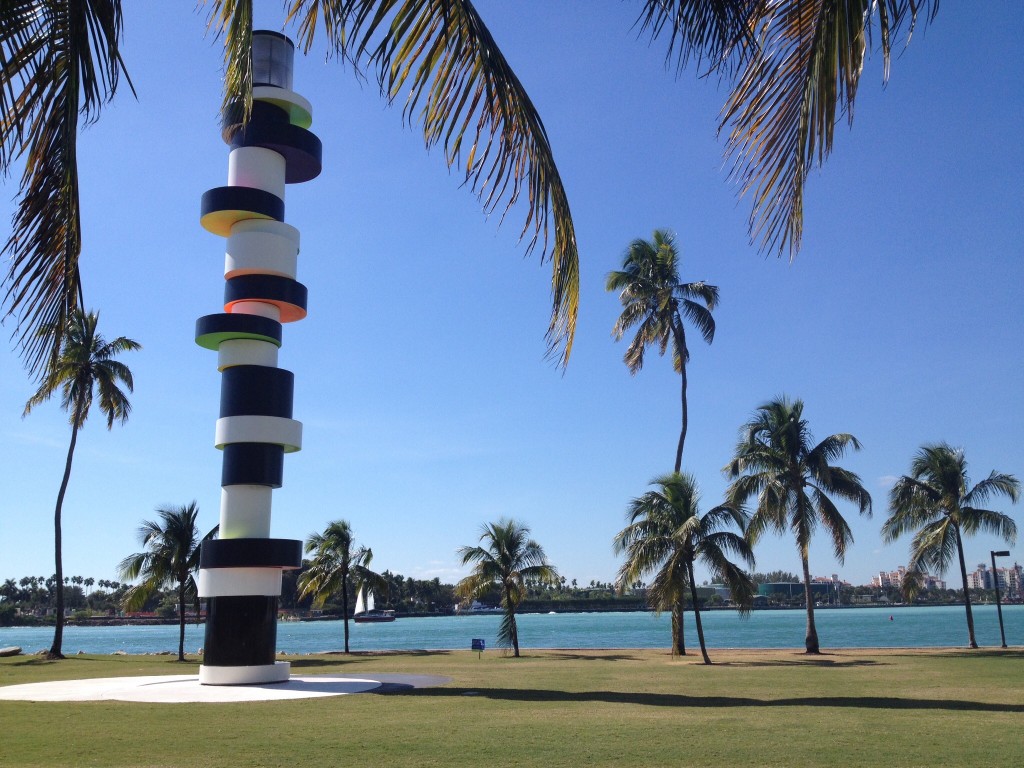
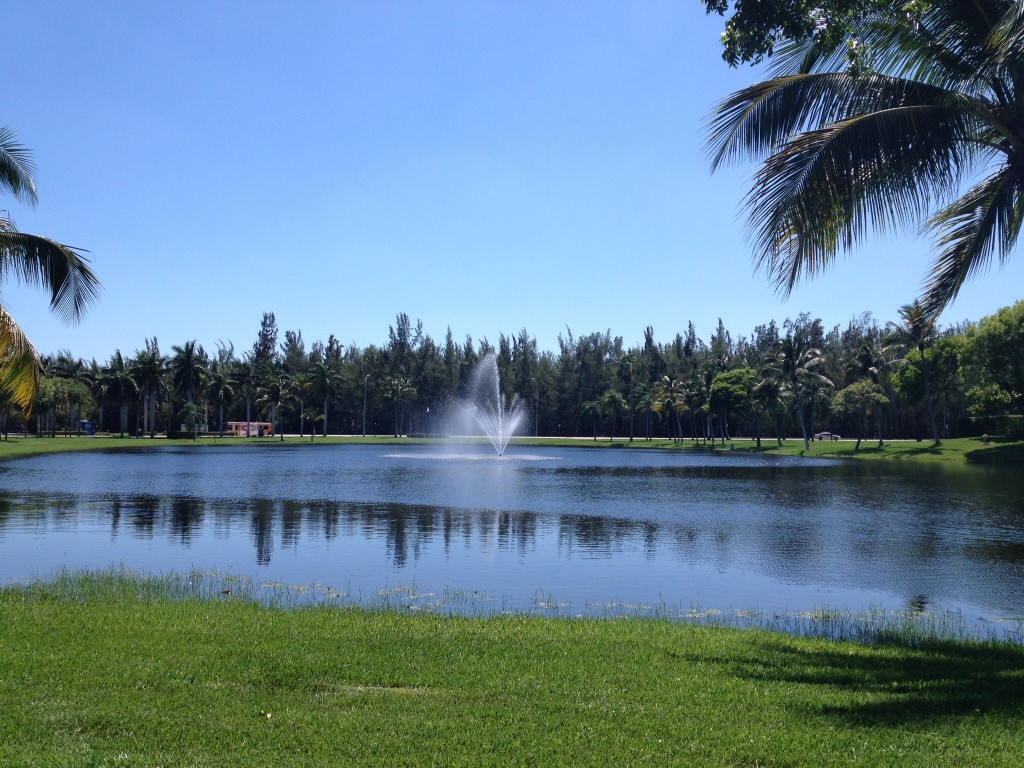

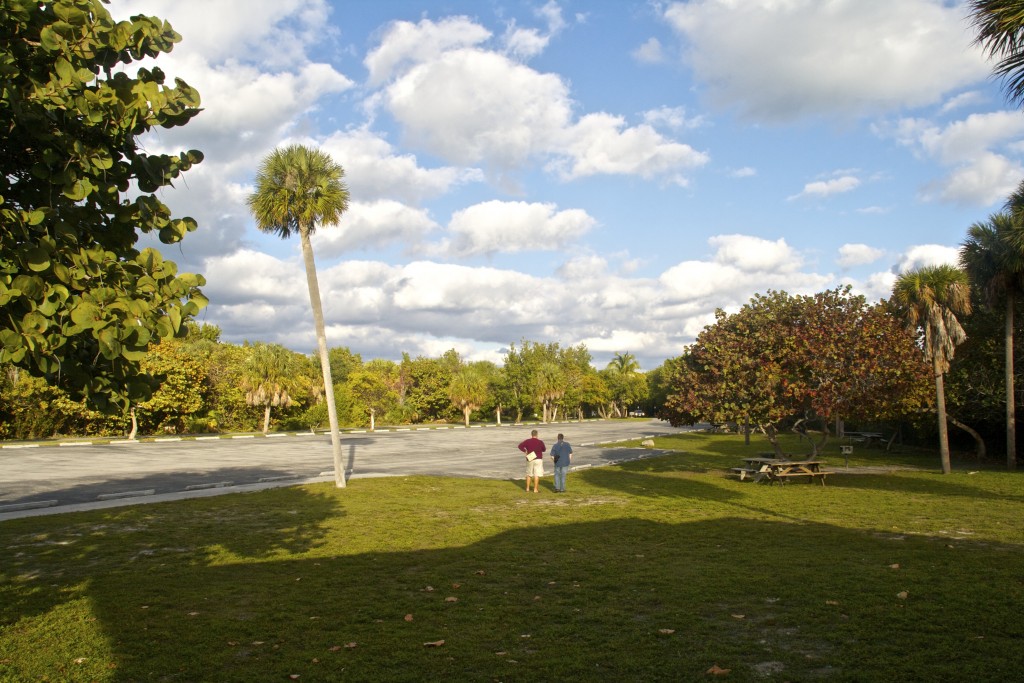
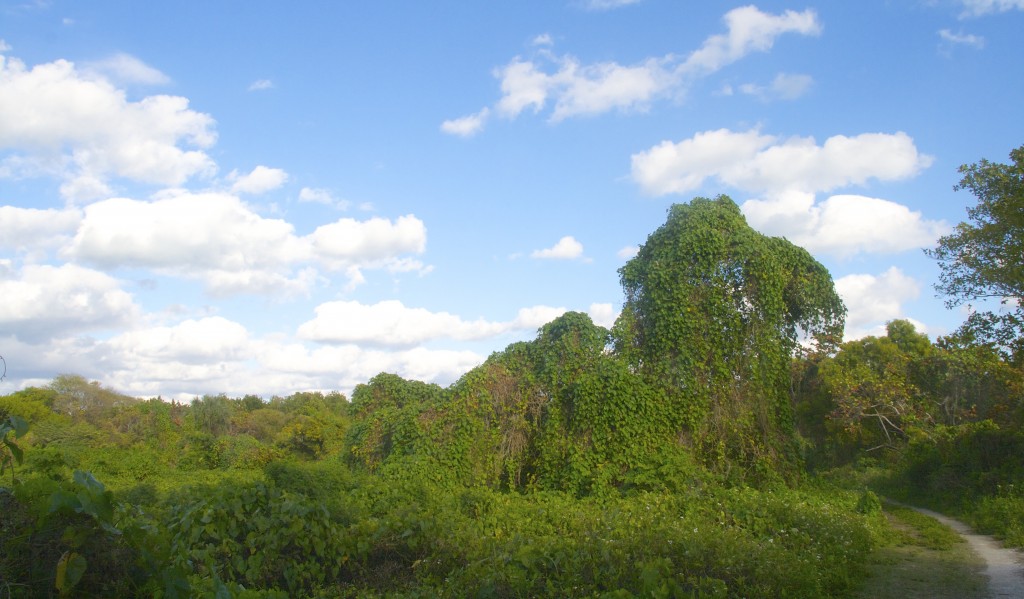
Our lives are made up of big events and tiny moments. Ultimately, life is fleeting, and often it’s these small moments we love to document.
I was so lucky to be facing the right way and have my camera ready just as this heron took flight. Look at all those feathers and the size of his wings.
As there was no planning or set-up – it all happened very fast – it’s not the best focus in the world but I’m still pleased with the results. I would have loved a blue sky too but once I’d looked at the picture, the grey sky actually makes the white bird stand out more.

Off he goes

The colors in our photographs are evocative and rouse emotions within us. Color can elevate a mundane image into something intriguing and meaningful, and can tell a particular story within the frame.

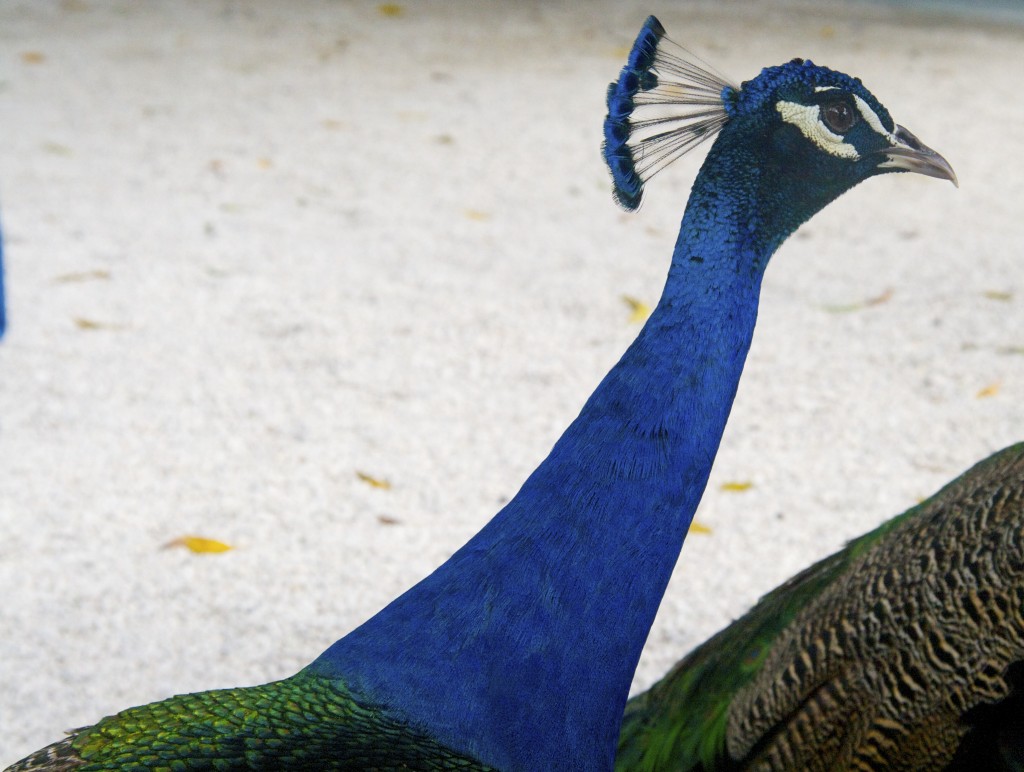

Continuing my exploration into the Quality of Light and how its effects can make or break a photo, here are a few more to illustrate the power of light.





If you enjoyed this article why not check out my post on
Quality of Light – Part I
Light makes photographs more interesting and over this weekend, as part of the Photo101 assignments, we’ve been asked to look at the quality of light. How light varies throughout the day.
Depending on what time of day you take your picture will have an impact on the final result.
Factors can change these conditions, including weather, location, and the time of year.
Here is a selection of photos I have taken at various times of the day to illustrate what light can do to make even the simplest of photos something more interesting.





If you would like to see more photos experimenting with light, please check out my post – Quality of Light – Part II
Some photos are significant not because of what’s depicted, but because of the mood they create. They communicate an idea that transcends the actual subject of the image.
Here’s a photo that conveys a sense of mystery. Can you tell what it is?
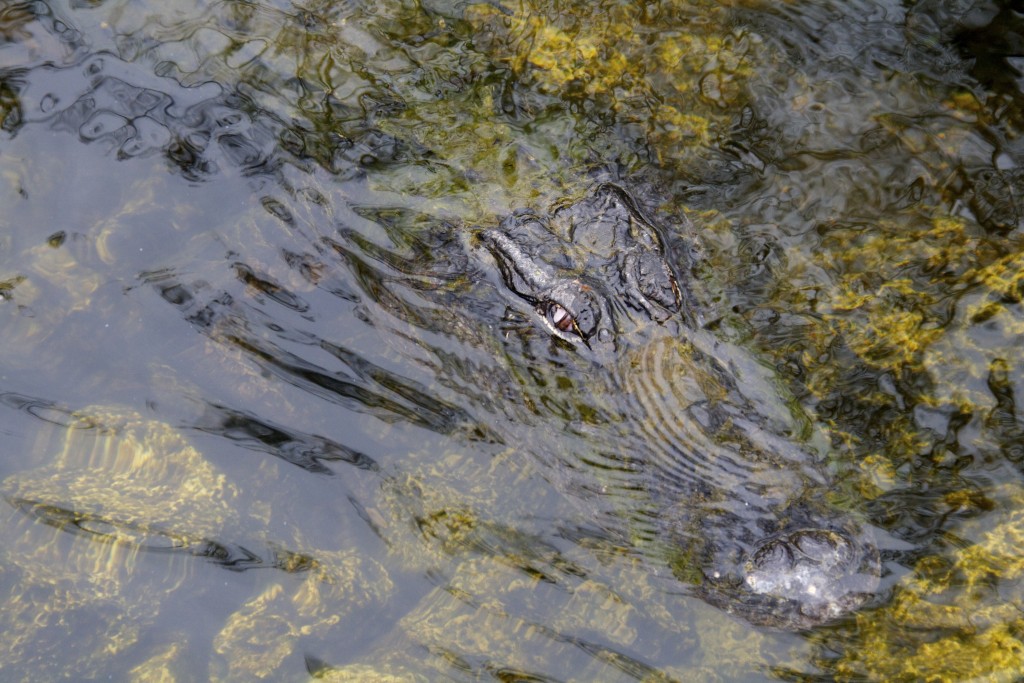
In case you need a clue – it’s an Alligator lurking just below the water – it was extremely large and very close. It’s very well camouflaged against the stones and quiet. He had swam up close without me even realizing.
Let’s move on shall we 🙂
Photography means “drawing with light,” and when you snap a picture with your camera, you use and record light to create an image.
A front-lit subject faces the light source and is even-lit and flat, primarily without shadows. Front light is the most straightforward to work with, but isn’t as dramatic.
Side light is fun to experiment with, especially for portraiture, fine art, and architecture.
When you light a subject from the side, the mix of light and shadow shows more depth and reveals textures, patterns, and complexities (even flaws) in the shot. It can create unexpected results, and be more dramatic.
Sun Halo
I was extremely lucky to capture this photo of our sun. The phenomenon is called a Sun Halo or 22° Halo.
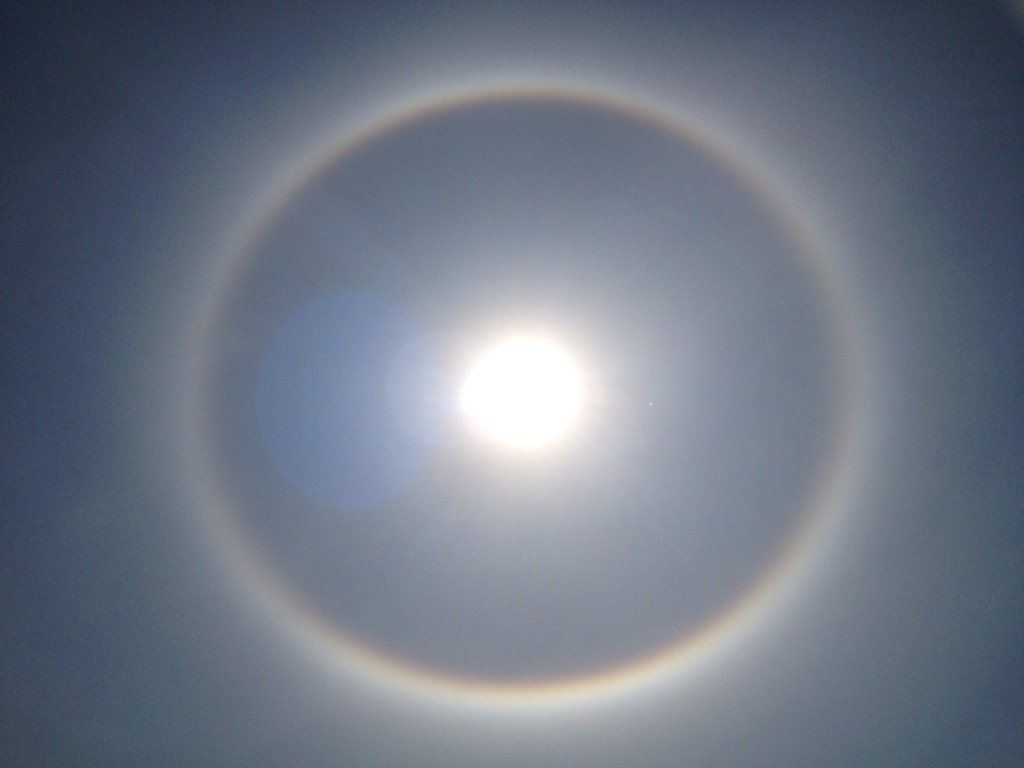
Among the most well known halos is the 22° halo, often just called “halo”, which appears as a large ring around the Sun or Moon with a radius of about 22° (roughly the width of an outstretched hand at arm’s length).
The ice crystals that cause the 22° halo are oriented semi-randomly in the atmosphere, in contrast to the horizontal orientation required for some other halos such as sun dogs and light pillars. As a result of the optical properties of the ice crystals involved, no light is reflected towards the inside of the ring, leaving the sky noticeably darker than the sky around it, and giving it the impression of a “hole in the sky”. The 22° halo is not to be confused with the corona, which is a different optical phenomenon caused by water droplets rather than ice crystals, and which has the appearance of a multicolored disk rather than a ring.
You can find out more about Sun Halo’s here
Sunset
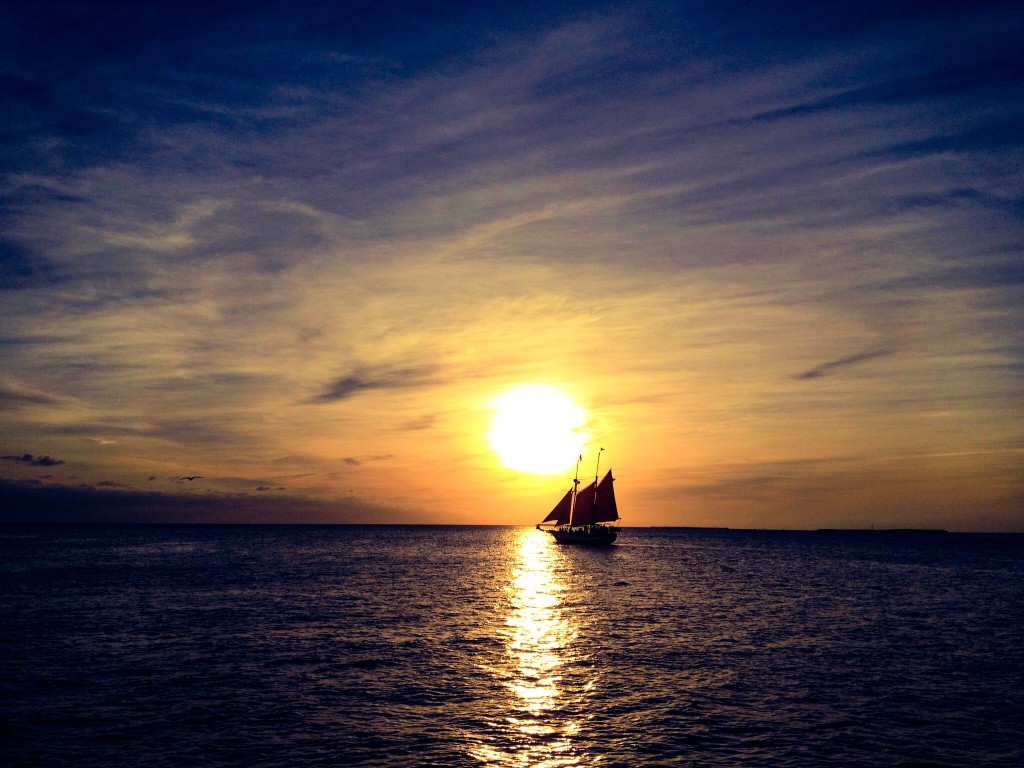
A good photographer is a constant observer: always watching and studying a scene, from patterns in city traffic to movements in nature. A photographer notices big, sweeping changes — like the sky at dusk — but also the tiniest details.
Exploring the outdoors, with camera in hand, is an opportunity to look for natural lines that lead our eyes to different parts of a frame. Envision the bend of a stream, or the curve of a petal: how can you use these lines in your composition? If you see strong vertical, horizontal, or diagonal lines, can you play with the orientation to create a more dynamic composition?
The Natural World
